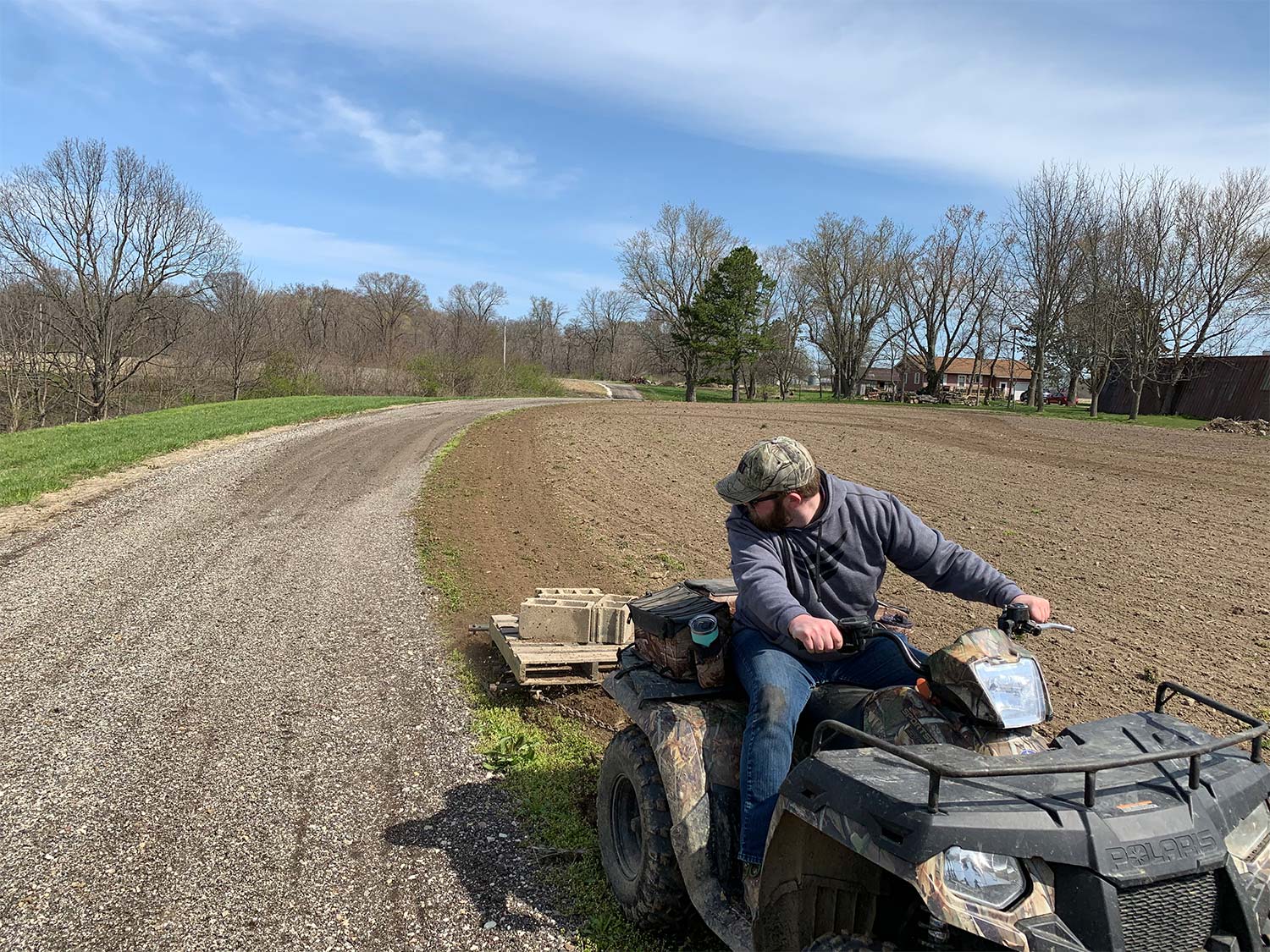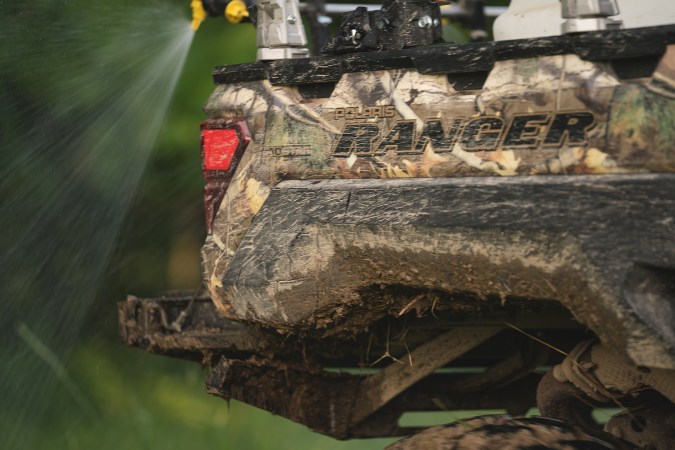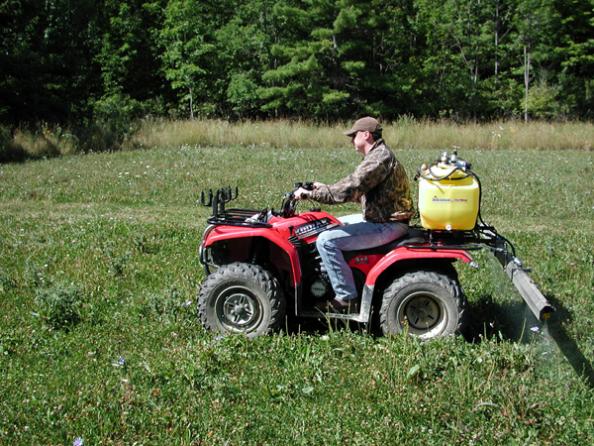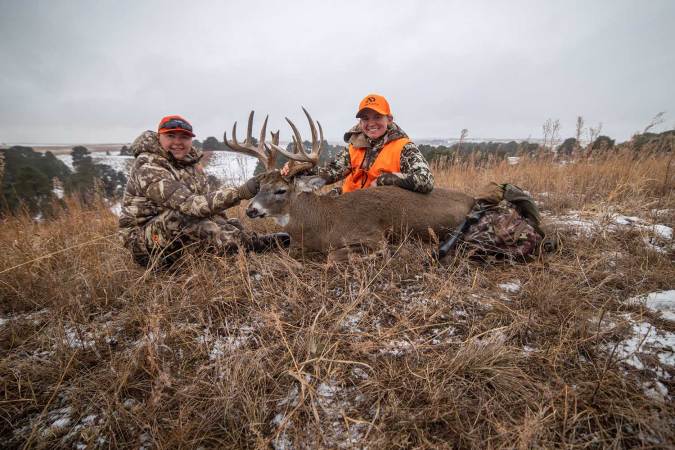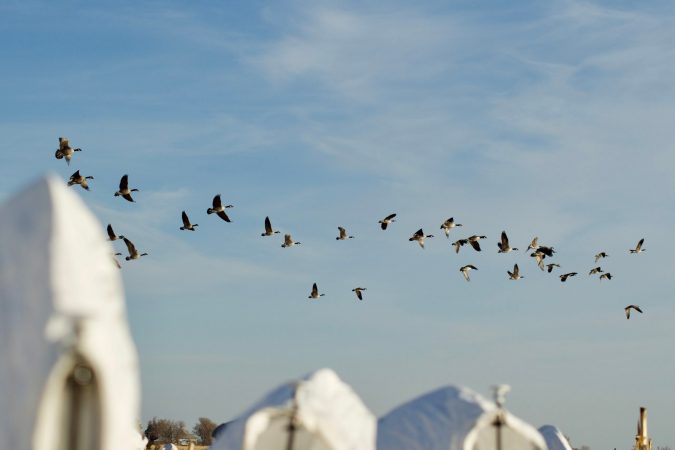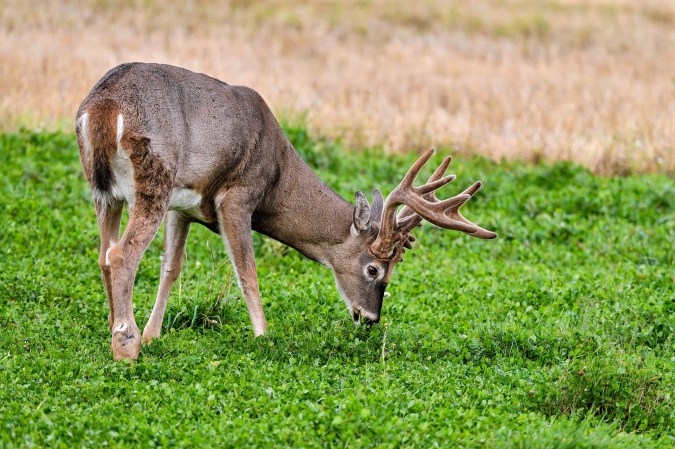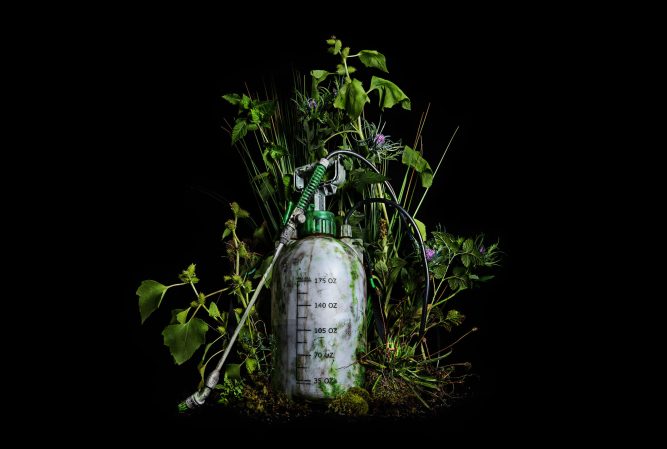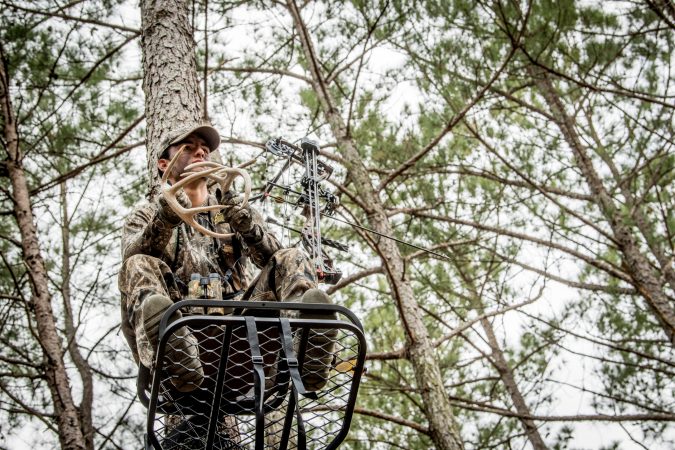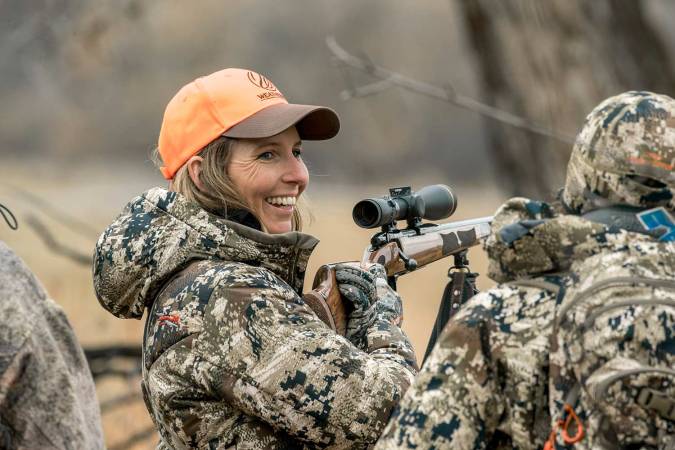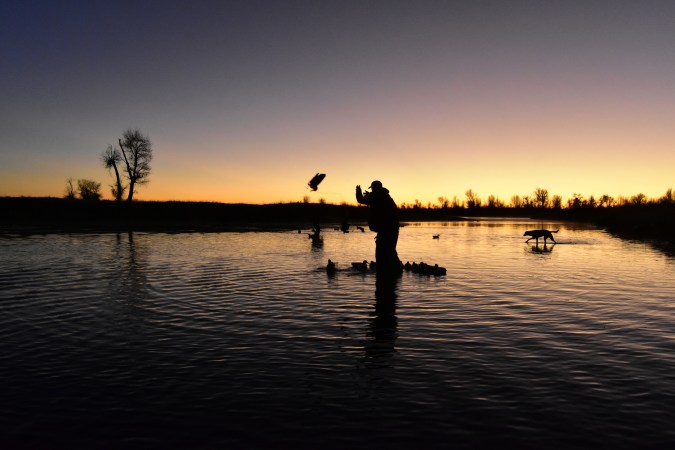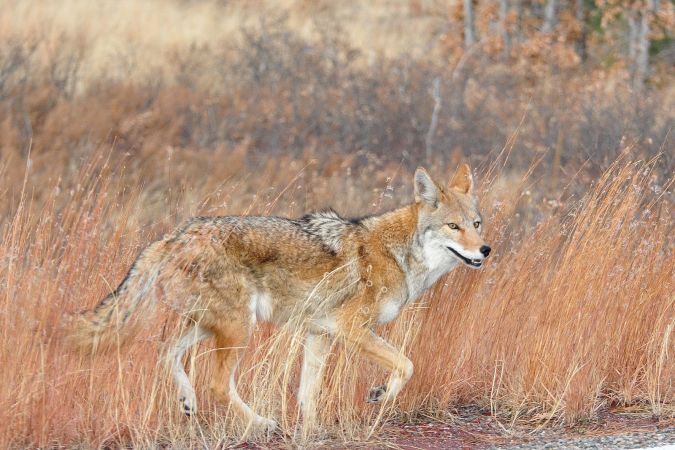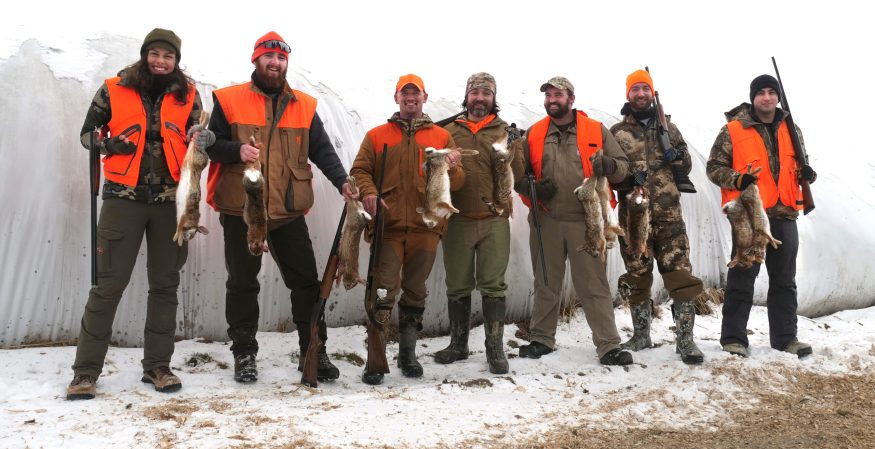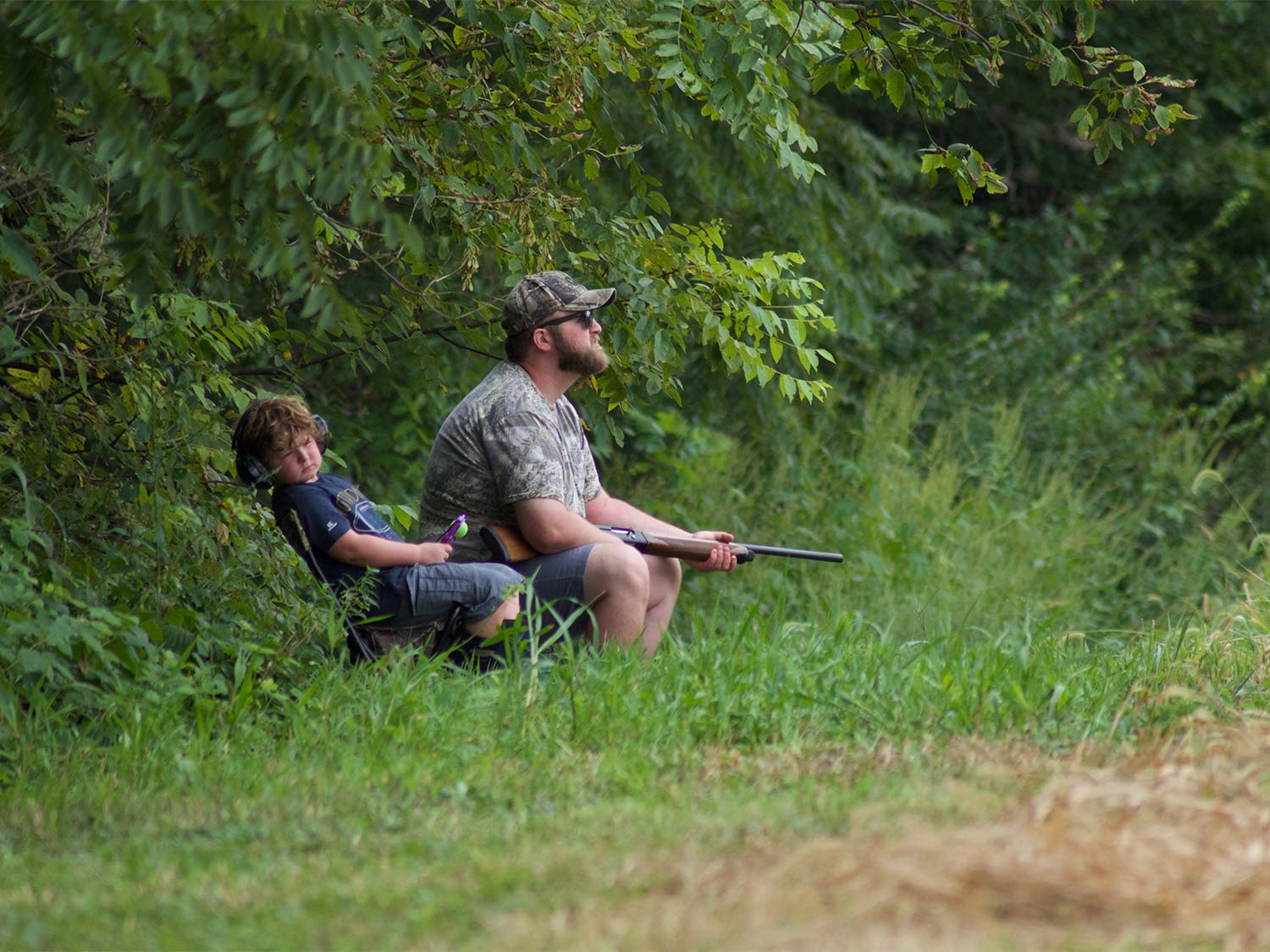
If you didn’t grow up on a farm, it may seem like a daunting task to plant your own sunflower field for the September dove opener. I grew up and started my hunting career in the city (our duck blind was on the Illinois River in the shadow of a town of 120,000 people). So I never knew much about growing crops, and I’m still no expert. But I can tell you that planting sunflowers—which attract doves if you manage them right—isn’t as hard as it may seem. The seeds found in the flower’s head bring in the doves. As the sunflowers dry out and die, the seeds drop and the bird’s feast. Millet, milo, and wheat are also common crops doves love.
You only need about an acre of ground, a few essential tools, and a little resourcefulness. Here’s how to get started.
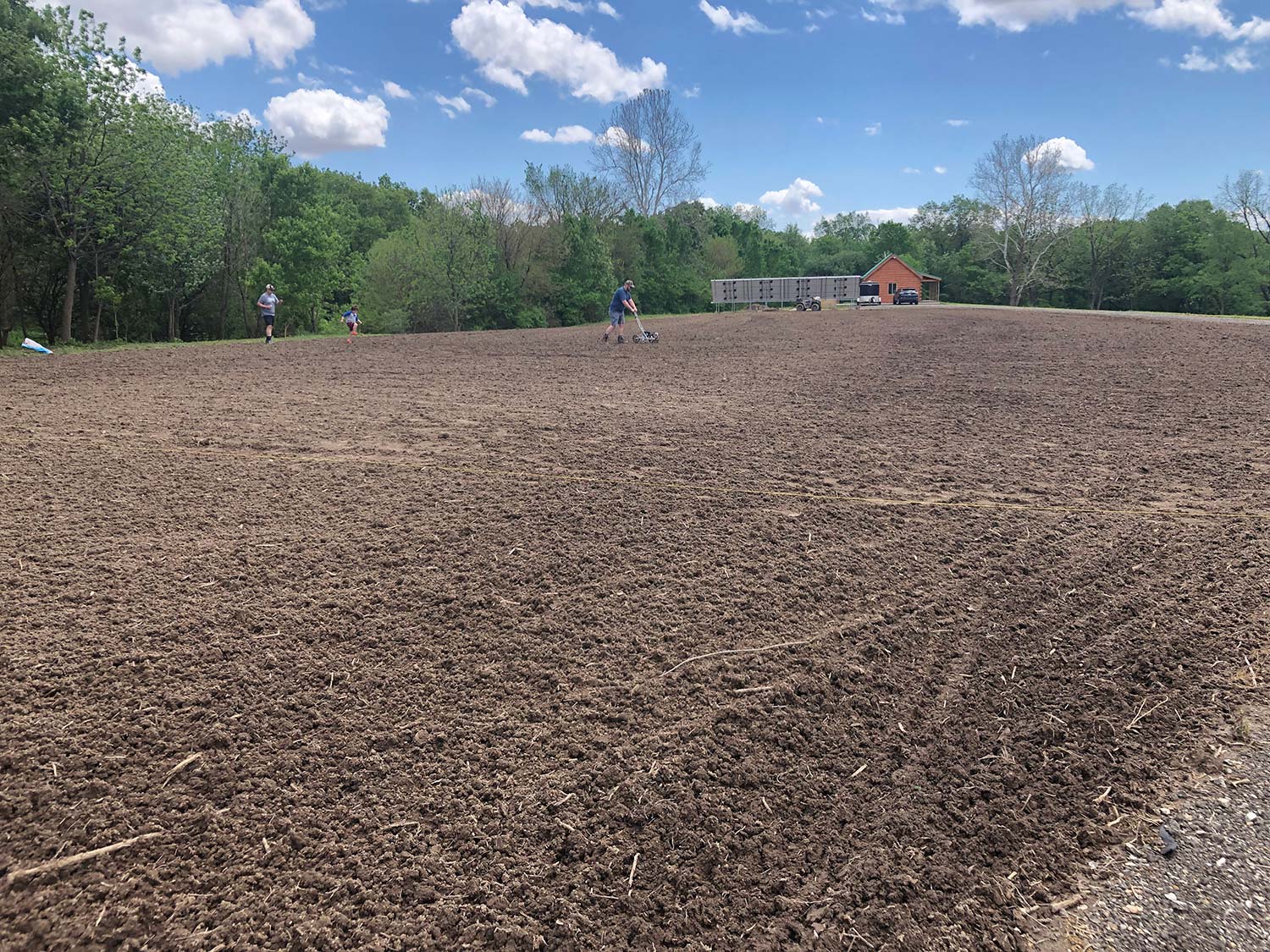
When to Plant
This varies every spring due to weather (rain, snow, and cold), but ideally you don’t want to get the seeds in the ground any later than the second week of May. Sunflowers have about a 100-day gestation period, so to get a good, full-grown head on the flowers (which means more seeds for the doves to feast on), you need to get them in by then. I try and plant in April, if possible, but in the Midwest you can get a freeze or even snow this time of year, so it’s important to look at the forecast. Folks in southern states can typically plant earlier without worrying about frost.
My recommendation is that when you have the chance to plant, do it. Don’t wait for a dry weekend. Take a day off work and get after it, because the weather is volatile in spring. Our last few springs here have been especially wet, and I’ve learned the hard way you have to plant at Mother Nature’s convenience or there won’t be a healthy crop come August.
Finding a Field
The one thing you need above all else for a DIY dove field is land. Luckily, you really only need an acre, it doesn’t take dozens of acres to do it. I am lucky in that my family owns a small farm and gave my brother and I a little over an acre to plant sunflowers. Many friends have networked with farmers, trading labor for a small slice of property to plant on, or leased a few acres from a landowner. Another buddy manages a duck club and he and a few other friends made an agreement with the owners that if they brushed duck blinds and performed other maintenance, a few acres would be set aside for sunflowers each spring. The point is, if you don’t own property, get resourceful.
For your first year, I recommend just planting an acre or two unless you have access to tractors and pull-behind row planters. If you are only going to have two to three hunters, you don’t need more than two acres of sunflowers anyway. The bigger the field, the more it will spread out the doves, plus it’s a ton more work that you don’t need to do. In the first few years you are trying to condition the doves to come to the field, so it doesn’t make sense to plant huge tracts, because you don’t know if birds are going to consistently find your sunflowers. If doves build year-after-year, then go ahead and start planting more.
Killing Weeds
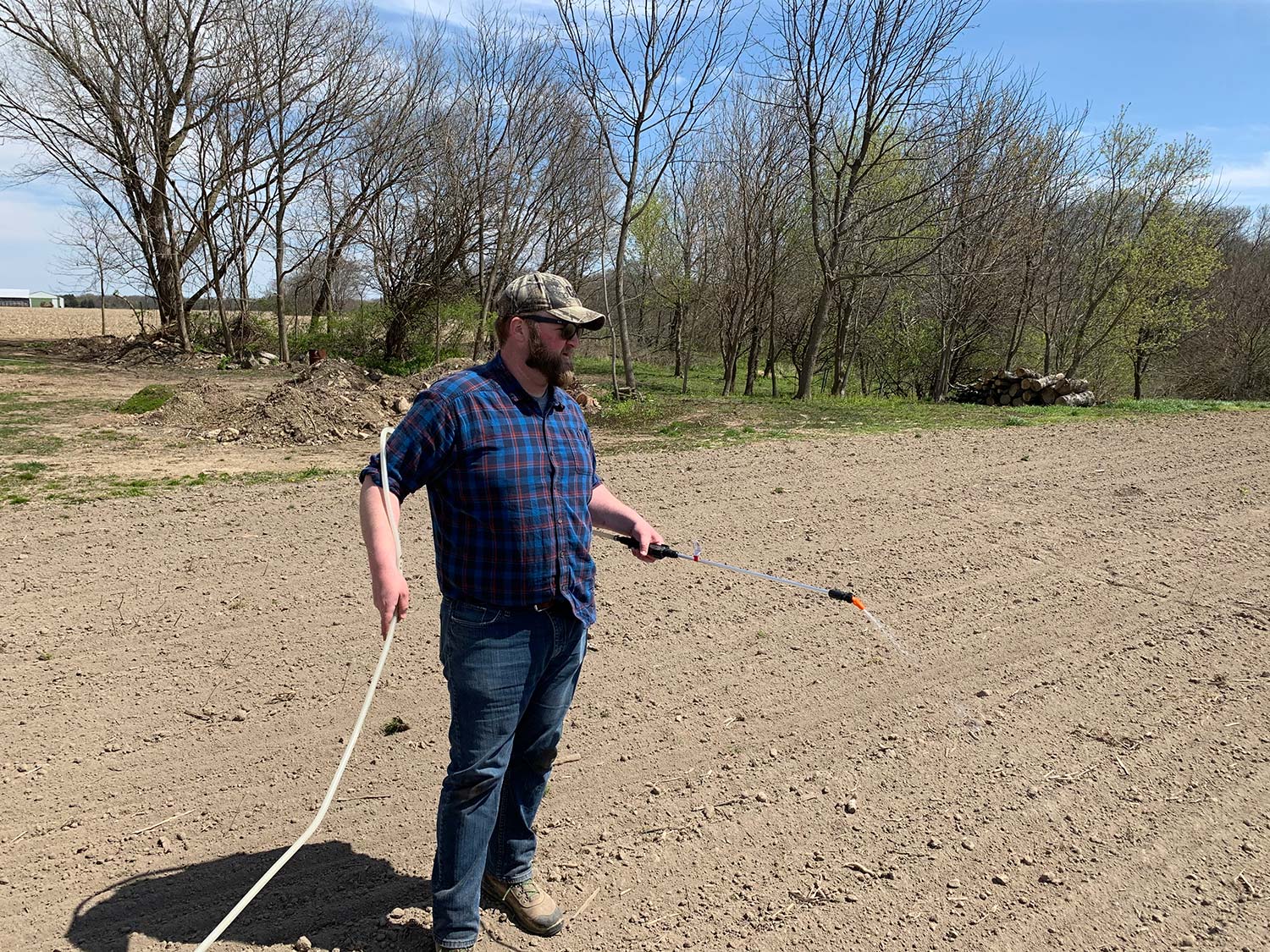
Before planting, you have to get the ground ready. That means ridding the plot of all weeds, which you can do with Roundup or by burning (the ground must be dry for both applications). I have done it both ways, and burning is definitely the cheaper route, but it can also take longer because weeds are spotty and they don’t burn quickly. Also, if you don’t feel confident setting a controlled burn, Roundup is safer. To Roundup an acre field I buy a gallon of Roundup Super Concentrate. You won’t need the entire gallon, but it’s typically cheaper to buy it this way than a half-gallon or less, and it will last a few years.
You will need a sprayer to deploy the Roundup on any weeds in your plot. Remember, Roundup is for post-emergent broadleaf plants, so it doesn’t stunt the growth of pre-emergent weeds. With Roundup concentrate, you have to mix it with a certain amount of water, the instructions for which you will find on the bottle. I use a 10-gallon electric sprayer and set it on the front of the ATV. All I have to do is plug the sprayer into the power source of the ATV and drive around the field spraying weeds (just don’t get any Roundup on the tires and then drive through mom’s garden. It will kill any broadleaf plants it comes in contact with).
Read Next: 6 Tips to Help You Hit More Doves
I realize not everyone has access to an ATV or side-by-side—and can’t afford to buy one. If that’s the case, you will need to be resourceful again and find a buddy with a 4×4, or a small mow-deck tractor.
You can try a controlled burn of the field too (check local regulations in case a permit is needed), but make sure you have someone there who has done a prescribed burn before. You don’t want the fire to get out of hand.
Prepping the Ground
Once the weeds are dead, you need to till the ground. I have a small tiller attachment for a John Deere mow-deck tractor, but before that our neighbor who farms would till the field for a few extra bucks. There are all kinds of options for getting a field tilled if you don’t have the tools to do it yourself. Go to the local seed store and ask if they know anyone or try land management companies. I’ll bet many of them plant sunflower fields for clients and will till the field. Just be diligent about it, because you are depending on someone else, and you don’t want to miss a window to plant.
I also have a harrow, which I chain to the ATV hitch and drag behind. It will work the soil after it has been tilled if there was a rain or if the plot has settled and needs worked over. If you have the means to buy one, do it. It’s an invaluable tool.
After the ground has been worked, spray the entire field with a pre-emergent herbicide, which stops weeds from choking sunflower growth, called Spartan Charge. You can also use Beyond Herbicide, which is expensive to buy in bulk (the only way you can purchase it online), so go to the local seed store and have them measure you out enough for the amount of ground you are planting. Both pre-emergents are concentrates like the Roundup, so you will find the mixture of water to product on the bottle. A few days later, I will work the ground again with the harrow, and then plant.
Time to Plant
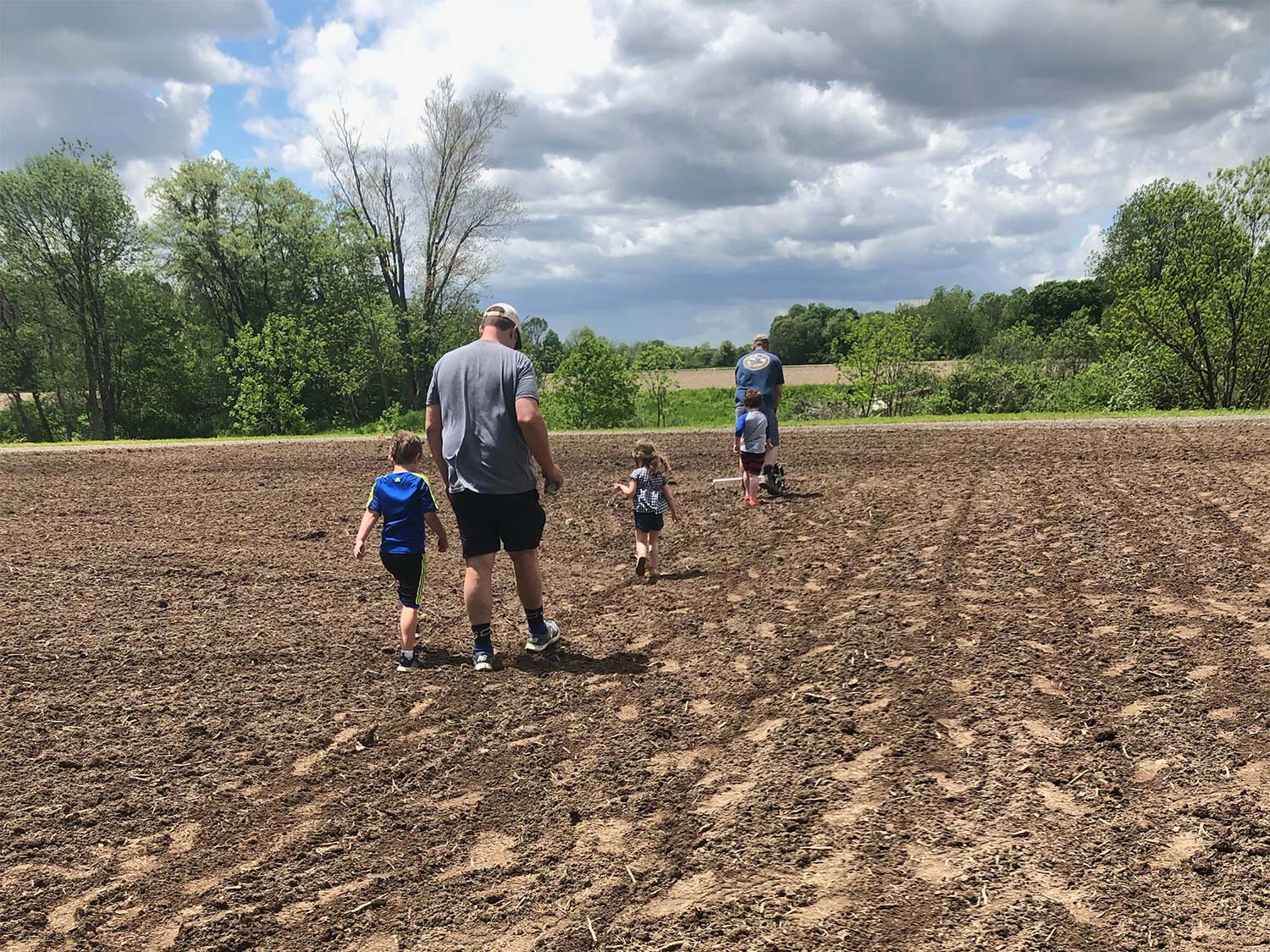
Go to the seed store and have the clerk measure you out enough Clearfield Sunflower seeds for the number of acres you are planting. If you decide to broadcast the seeds, you need to buy a little extra because they don’t get planted as evenly as with a row planter.
If you broadcast, buy a shoulder spreader and walk the field turning the hand crank until the seed is gone. You will have to cover the seed somehow, which you can do with a harrow or a piece of chain-link fence hooked to the back of an ATV or tractor. (If you ever played little league or have gone to a pro baseball game, it’s the same tool used to drag the field.)
I use a push-behind single-row planter to plant our field. All you have to do is fill the hopper up with seed, find the right seed plate, set the planter depth, and start walking. Sunflower seeds are big by seed standards, so you will have to pick a bigger plate they can fall through. Try some test runs to see which works best. Before planting, you will need to set the depth of the planter, which is a V-shaped piece of steel on the underside of the planter. If it has been a wet spring, set the depth to 1” (because the water table is higher and the seed doesn’t need to be planted as deep to get nutrients). If it has been a dry spring, set the planter to 1½” (with a lower water table the seed needs to be deeper in the ground). You can also buy pull behind row planters to attach to an ATV or tractor, but they are pricey.
Now Wait 100 Days
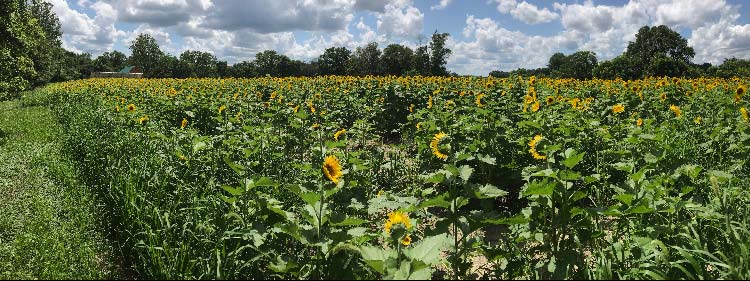
After planting there’s not much to do until early-to-mid August. Some folks spray a post-emergent chemical or use fertilizers to help the sunflowers grow, but in my opinion that’s wasted money. They definitely work, but sunflowers are ahardy and don’t need much of a boost.
By August 1, I want the sunflowers to be full grown, and my preference is to kill them that first week of August. The flowers have to die so the seeds will drop and the doves can eat. You have to kill the sunflowers with the same Roundup concentrate used to kill the weeds in April. I always do this with two people. By now, the sunflowers can be over 6-foot tall, so my brother drives the ATV through the field and makes a few rows. Then I grab the sprayer and walk the rows while he stays on the ATV and I spray the standing flowers as he follows behind. If you don’t knock down the flowers it’s much harder to spray. Let the Roundup work its magic for five to seven days.
When the sunflowers turn from green to black you can cut the sunflowers with a pull-behind mow deck hooked up to an ATV. Since they are so pricey, I recommend scouring the Internet for used models, or you can always rent one for the afternoon. Our farm is shared with multiple family members so we split the cost on a used one. I like to cut a big swath (it’s not against game laws to do this like it is to mow crops and hunt waterfowl over them) in the middle of the field and leave some standing flowers on the edges to hide in. Almost instantly, you will see song birds start to eat the dropped seeds. Now it’s just a matter of doves finding your field and building numbers.
As the season goes along, I will run the harrow through the field to bust up more flower heads and spread more seed. A big mistake greenhorns make is they give up after the first week of dove season. I’ve had good hunts into the third and fourth weeks of September, and even skipped teal hunts, because the doves were so thick.
Once it’s clear the doves are gone for the season, my brother or I will till under the field. If you plan to do any kind of fall hunting in close proximity to a mowed sunflower field you have to till it under to be compliant with bating laws. Since our family deer hunts the property, the flowers get worked under and we broadcast winter wheat. It’s cheap and returns nutrients to the soil, which you need in order to plant the same field with sunflowers year after year.

